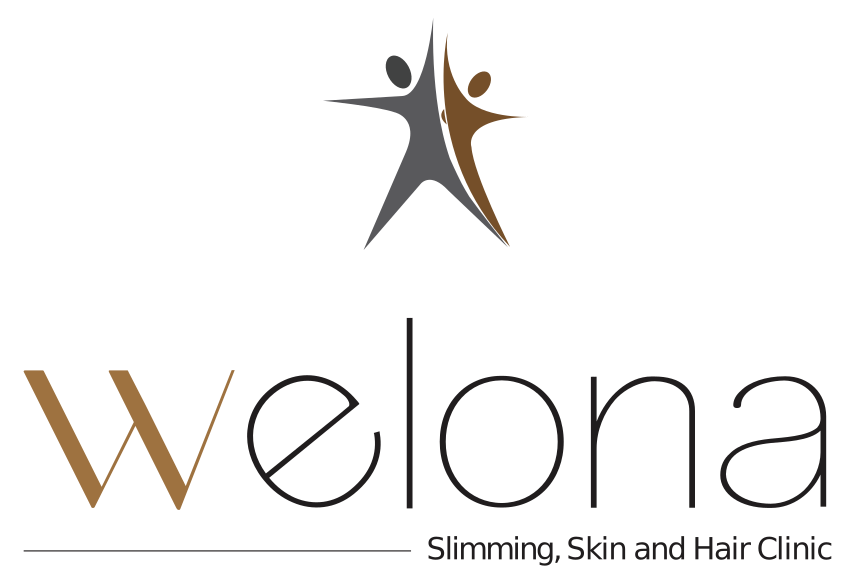Are you considering Botox vs. fillers but uncertain which option is best for addressing your specific skin concerns?
While both Botox and fillers are minimally invasive injectables aimed at combating signs of aging, their methods and applications diverge significantly.
Despite sharing a common goal of rejuvenating the skin, understanding the distinctions between Botox and fillers is crucial.
Let’s delve deeper into understanding both of these options!

What is Botox?
Botox is a cosmetic procedure aimed at reducing facial wrinkles by temporarily paralyzing underlying muscles.
Derived from the botulinum toxin, it blocks nerve signals that trigger muscle contractions, effectively smoothing fine lines and wrinkles.
Similar injectables include Dysport and Xeomin.
How Does Botox Work?
Botox blocks nerve signals to facial muscles, preventing them from contracting and forming wrinkles.
What Can Botox Correct?
Botox is effective in reducing dynamic wrinkles caused by repetitive facial expressions, such as crow’s feet, forehead creases, and lines between the eyebrows.
Results typically last three to four months and may also be used for non-cosmetic purposes like treating neck spasms, excessive sweating, and chronic migraines.
Botox Side Effects and Considerations
When administered by a qualified professional, Botox is safe with minimal side effects like bruising and swelling at the injection site.
Certain individuals, such as pregnant women, may have increased risks and should discuss their medical history with a doctor before treatment.

What Are Dermal Fillers?
Dermal fillers are injectable treatments designed to address static wrinkles caused by a loss of collagen over time.
Unlike Botox, which targets muscle movement, fillers replace lost volume in areas like the face, neck, and jowls.
Hyaluronic Acid fillers, such as Restylane and Juvederm, offer smooth and plump results lasting between 5-24 months, while fillers like Radiesse, composed of calcium hydroxyapatite, are ideal for deeper lines and folds, lasting 12-14 months.
What Can Dermal Fillers Correct?
Dermal fillers are commonly used to restore volume and plumpness to areas affected by sagging or loss of elasticity.
From enhancing lips to reducing the appearance of scars and filling in shallow facial areas, fillers address a range of cosmetic concerns including sleep wrinkles, laugh lines, lip lines, and deep folds around the eyes and mouth.
Dermal Fillers Risks and Considerations
Administered by trained professionals, dermal fillers are generally safe but may carry mild risks such as bruising, swelling, or itching. Not suitable for everyone, fillers should be avoided in areas with fungal infections or active acne.
Those prone to cold sores should be cautious, as fillers in the lips can trigger flare-ups

Which Lasts Longer: Botox or Filler?
Fillers last for almost more than a year, while Botox lasts for 3-4 months.
Botox vs. Fillers: Which Is Better?
Choosing between Botox and fillers depends on your specific skin concern.
Botox is ideal for smoothing fine lines caused by muscle movement, while fillers are effective for adding volume to static lines at rest.
For instance, persistent frown lines are better addressed with fillers.
The Final Takeaway
Both Botox and fillers offer effective solutions for combating signs of aging. Consulting a trained professional is crucial in determining the best option for your skin concern.
We at Welona, serve you with the best specialists at care. for more details, Book a consultation today.

